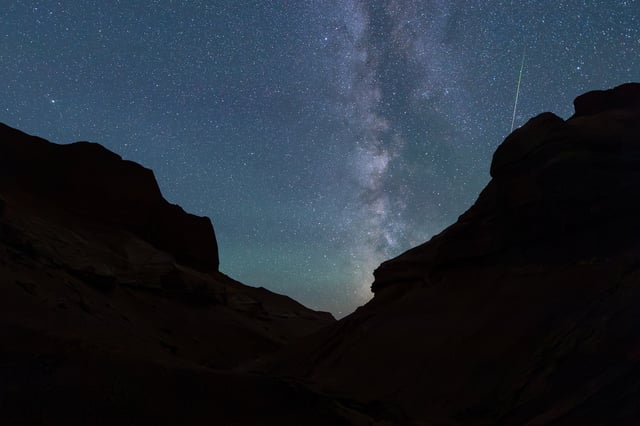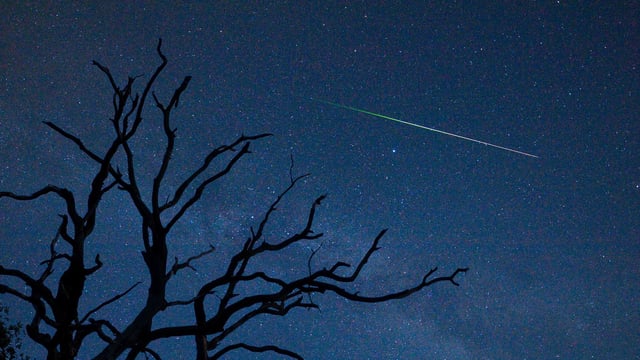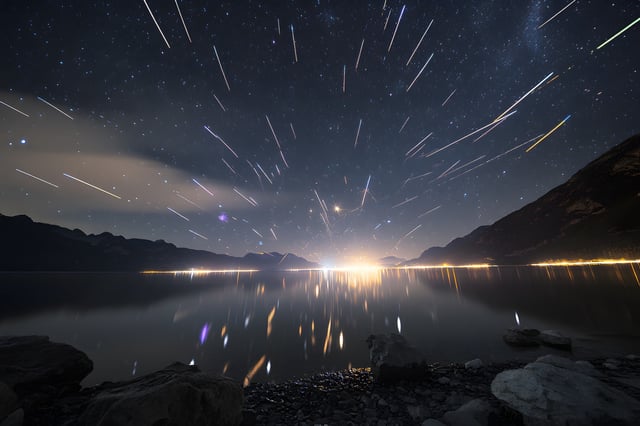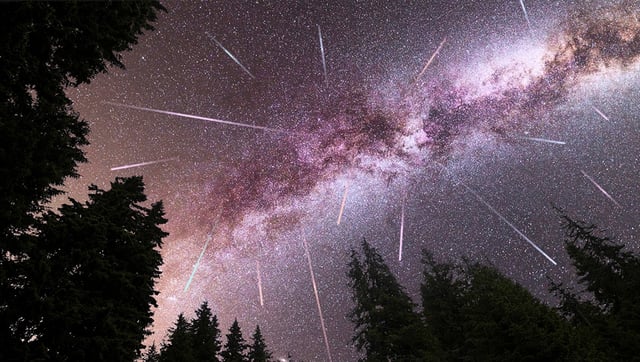Overview
- The Perseids will be active from July 17 through August 23, with the strongest display expected overnight on August 12–13 under ideal pre-dawn conditions.
- Earth’s passage through debris from Comet 109P/Swift-Tuttle, a 26-kilometer-wide comet with a 133-year orbit, fuels the annual spectacle.
- Under dark skies, observers can see between 50 and 100 meteors per hour, often leaving swift, bright streaks and long wakes of light.
- Larger particles produce occasional fireballs, dramatic bursts of light that persist longer and glow brighter than average meteors.
- A bright waning gibbous moon at peak is likely to wash out fainter meteors, so some skywatchers plan to focus on darker nights between July 21 and 27.



